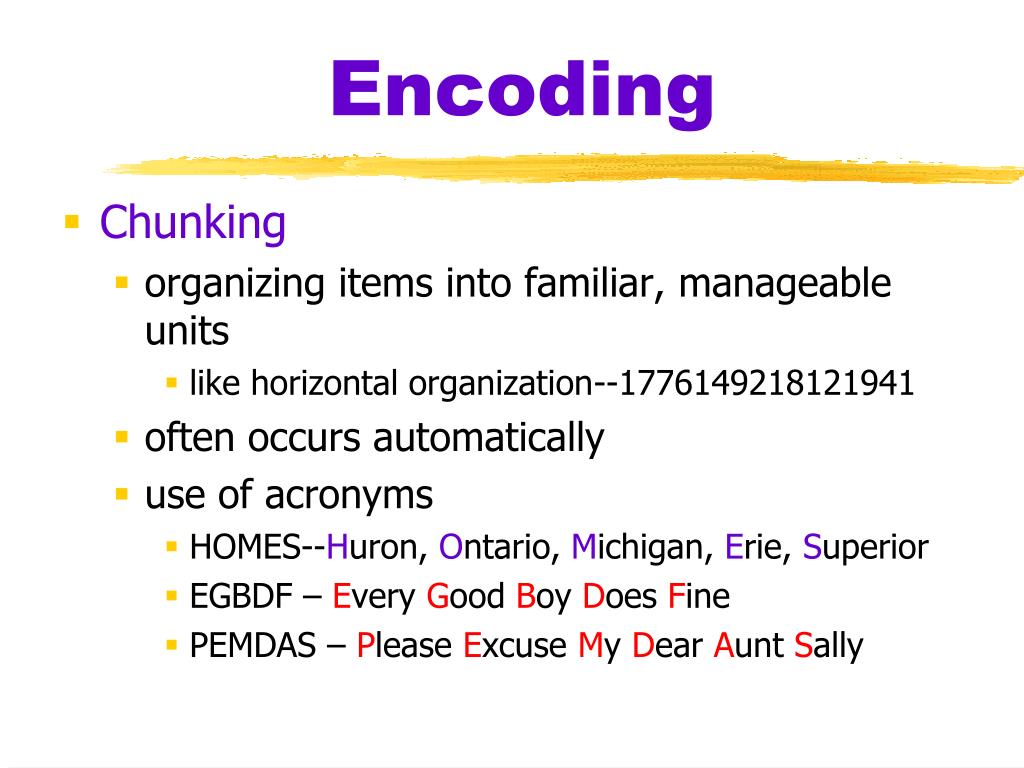

This is an open-access article distributed under the terms of the Creative Commons Attribution License, which permits unrestricted use, distribution, and reproduction in any medium, provided the original author and source are credited.įunding: This study was supported by the Hokuriku Innovation Cluster for Health Science (Ministry of Education, Culture, Sports, Science and Technology Program for Fostering Regional Innovation) to AK, and Grants-in-Aid from the Japan Society for the Promotion of Science (#21300103) and the global COE Program “Revitalizing Education for Dynamic Hearts and Minds” from Ministry of Education, Culture, Sports, Science and Technology to JS. Received: ApAccepted: OctoPublished: December 28, 2012Ĭopyright: © 2012 Kondo, Saiki. Therefore, although location information is added to object representations independent of task demands in a relatively automatic manner, other features (e.g., color, shape) can be flexibly added to object representations.Ĭitation: Kondo A, Saiki J (2012) Feature-Specific Encoding Flexibility in Visual Working Memory. A series of relevant-feature switch detection tasks, where one feature was task-irrelevant, showed that interference from the task-irrelevant feature was only observed in the color-shape task, suggesting that color and shape information could be successfully filtered out, but location information could not, even when location was a task-irrelevant feature. Additionally, single- and whole-probe trials were randomized within experimental blocks to investigate effects of memory retrieval. The stimuli were objects defined by three features (color, shape, and location), and during a delay period, any of the features could switch between two objects.

The current study examined selective encoding in visual working memory by systematically investigating interference from task-irrelevant features.


 0 kommentar(er)
0 kommentar(er)
